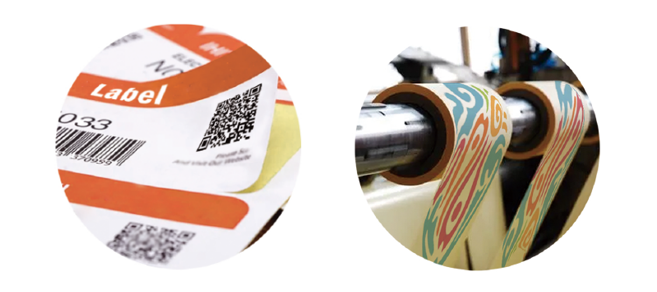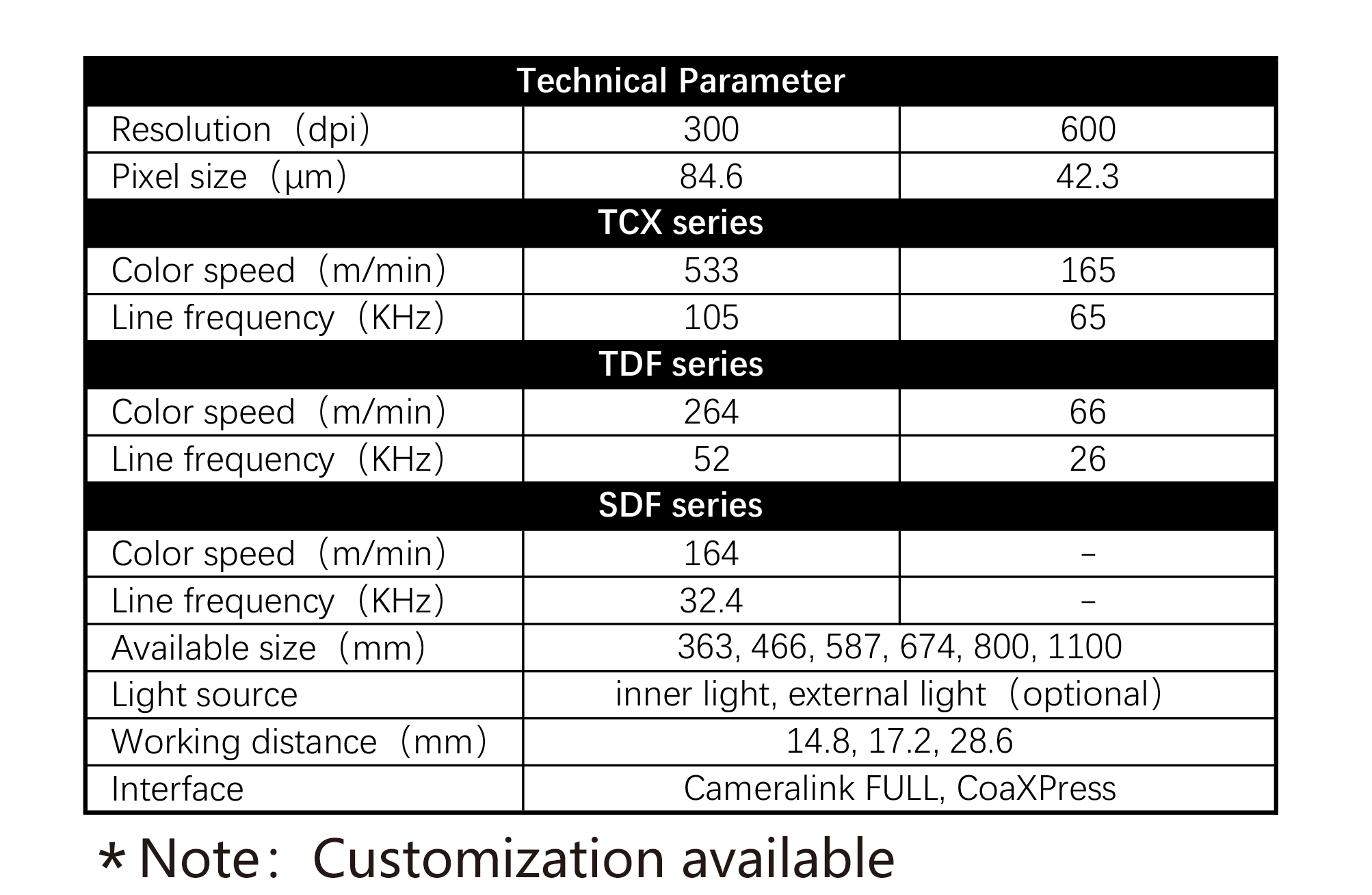CIS Application Printing Quality Inspection
In the traditional printing industry of labels and narrow web, quality inspection is mostly done manually, which results in low efficiency and high quality control costs. Machine vision inspection has the characteristics of fast detection speed and high accuracy, and can be applied to various common substrates, effectively preventing waste material from being produced, reducing manual input, and improving the efficiency of quality inspection.

The most common printing vision inspection systems consist of industrial cameras, lenses, and light sources, etc. Inspection systems based on industrial cameras are widely used, but they also have some inherent disadvantages, such as a long working distance – the camera needs to be about 0.5m to 1m away from the printed material, which is hard to be installed in some applications. Additionally, the edge of the lens can cause image distortion, leading to a decrease in the edge detection accuracy of the printed material. As a result, Contact Image Sensor (CIS) has become a favored imaging solution for inspection system manufacturers. CIS integrates sensor IC, lens, and light source into a single housing, providing advantages such as a short working distance and no image distortion while achieving the functions of a camera system.
CIS-based inspection systems have the following unique advantages:
① It can be perfectly integrated into presses, winders, and slitters, without the need for additional rollers or the redesign of web paths. Inspection systems hidden inside presses can avoid collecting dust and being knocked, reducing the risk of later maintenance and calibration.
② The unique rod lens provides a 1:1 imaging and telecentric view, ensuring that there is no distortion in the image even at the edges, reducing the burden of image preprocessing.
③ The integrated design makes installation simple, eliminating the need to consider the alignment of the camera and light source or the alignment of multiple cameras and lenses, which reduces the demand for engineering source.
Despite the advantages of CIS, there are relatively few CIS products available on the market, so CIS-based printing inspection systems are still rare. After deep communication with several internationally renowned printing inspection system manufacturers, WHEC found that they greatly appreciate the advantages of CIS, such as its compact size, distortion-free image, and easy installation, but they also raised concerns about the width, speed, and cost. With fully understanding the pain points of customers, WHEC has launched the TCX, TDF, and SDF series to meet the high-speed (max 533m/min), medium-speed (max 260m/min), and low-speed (max 150m/min) market demands respectively, allowing customers to have more choices based on their budget. In terms of width, WHEC investigated the width of common label printing machines and launched various widths such as 363mm, 466mm, 587mm, and 674mm. Regarding resolution, WHEC understands that traditional presses have low resolution but high speed, while emerging digital presses have high resolution but relatively low speed. Therefore, WHEC provides switchable resolution options, 300dpi and 600dpi, to help customers cover more applications with a single product.

“Personalized customization” has quietly become the mainstream of the consumer goods industry, and the digital presses that does not require plate-making and can print on demand has grown rapidly. Compared with traditional printing machines, the appearance of digital presses is more important. More compact design, smaller footprint, and simpler appearance are all important selling proposition. Traditional industrial camera systems need a large headroom and digital presses need to reserve space specifically for the inspection system, while CIS can be integrated into the presses very flexibly, without occupying additional space, making the presses more compact as a whole. Therefore, in the era of digital printing, the future prospects of CIS will be even broader.
